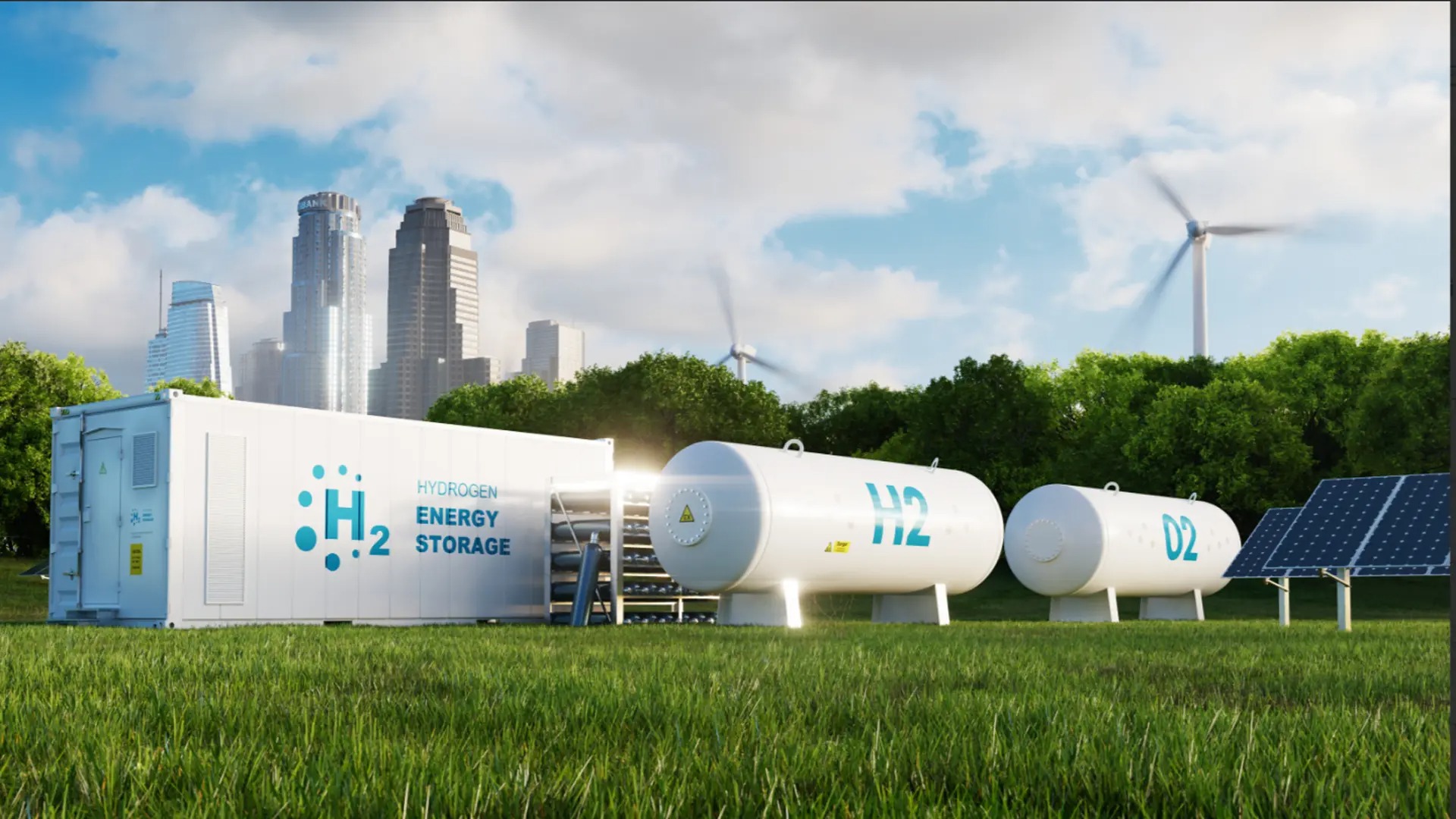Essar Group is set to invest Rs 30,000 crore over the next four years to establish a green hydrogen plant at Jamnagar, Gujarat. This initiative is part of a broader strategy to embrace clean energy technologies and decarbonize its global operations, including its oil refinery in the UK and a new green steel plant in Saudi Arabia.
Prashant Ruia, director of Essar Capital, outlined the conglomerate’s comprehensive approach which includes decarbonizing its oil refineries, creating a green steel manufacturing facility, and developing an LNG and electric ecosystem for decarbonizing long-haul heavy trucks. The group is also exploring the mining of critical minerals used in electric vehicle batteries and other renewable technologies.
The planned green hydrogen plant in Jamnagar aims to develop a hydrogen production capacity of 1 gigawatt along with an associated annual capacity of 1 million tons of green molecules. This ambitious project, termed Essar Future Energy, will leverage 4.5 GW of renewable energy from Essar Renewables to split water molecules, producing hydrogen and oxygen. This hydrogen, a zero-emission fuel, will power vehicles, generate electricity, and heat homes and businesses, significantly cutting 41,000 tonnes of CO2 emissions annually from the site.
Additionally, Essar plans to streamline the production process by creating green molecules that can be transported more efficiently than green ammonia, which traditionally requires conversion back into hydrogen. This innovative approach aims to reduce costs and enhance the feasibility of green fuel exports, particularly in the biofuels sector.
The expansion plans also include increasing Essar Power’s electricity generation capacity, particularly through renewable energy platforms, to about 10,000 MW in the next 3-5 years. This includes expanding the Salaya-DevBhoomi Dwarka thermal power plant in Gujarat by an additional 1,600 MW to support the region’s base-load energy needs.
In terms of green mobility, Essar is developing an LNG and electric truck ecosystem to reduce emissions from long-haul transportation, which includes operating a fleet of 450 to 500 LNG-powered trucks and developing electric trucks for shorter ranges.
Furthermore, Essar is enhancing its capabilities in gas production from coal seams and is the leading producer of coal bed methane in India, with plans to significantly increase its gas production. The group is also exploring potential shale gas opportunities in West Bengal.
Internationally, Essar plans substantial investments to reduce the carbon footprint of its operations, including a $3.6 billion initiative to decarbonize its Stanlow refinery in the UK and a $4 billion project to establish a green steel plant in Saudi Arabia that utilizes hydrogen.


